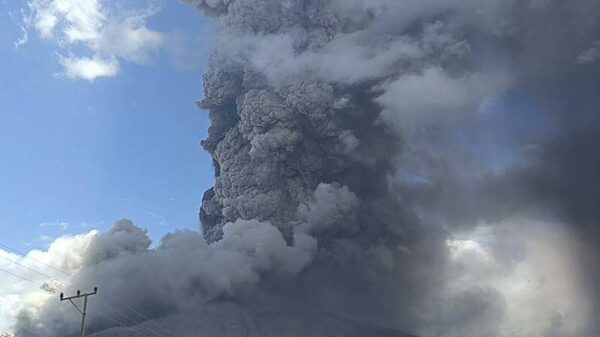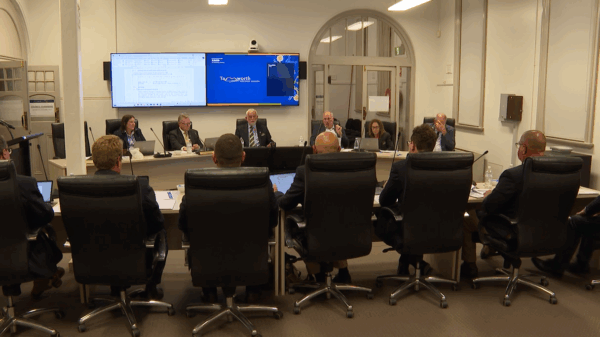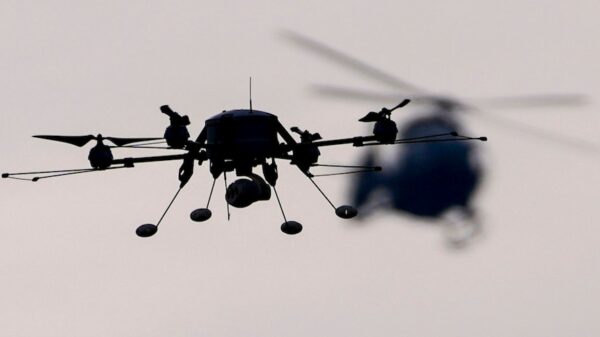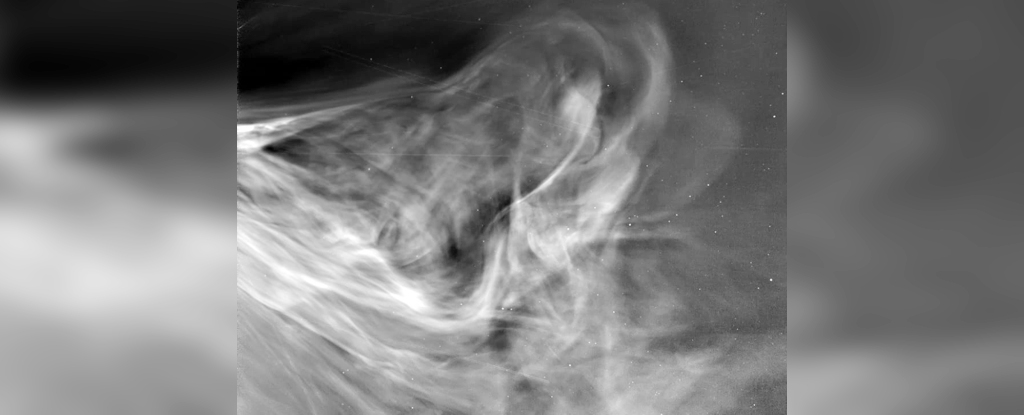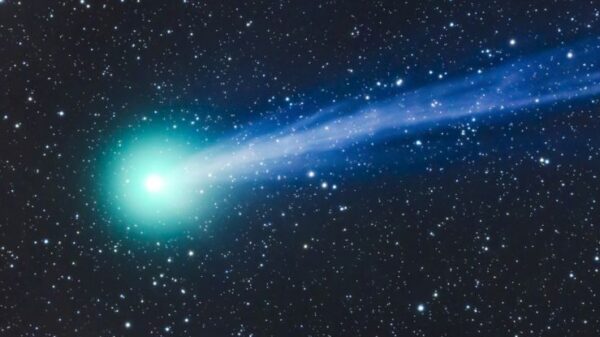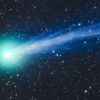NASA’s Parker Solar Probe (PSP) has achieved a remarkable milestone by capturing the closest images ever taken of the Sun. Launched in 2018, the probe’s mission focuses on examining the solar corona and its magnetic field, providing critical insights into the Sun’s behavior and its impact on the solar system.
On December 24, 2024, the spacecraft made a daring flyby, coming within just 6.1 million kilometers (3.8 million miles) of the Sun’s surface. This proximity allows for unprecedented observation, with the PSP traveling at an astounding 692,000 kilometers per hour (430,000 miles per hour). The probe is equipped with multiple layers of insulation to protect its instruments from the Sun’s intense heat and radiation.
Insights into Solar Dynamics
The Parker Solar Probe carries four primary instruments, including the Wide-field Imager for Solar Probe (WISPR). This sophisticated system has two radiation-hardened cameras designed specifically to withstand solar conditions. During its latest flyby, WISPR provided stunning images of the solar corona and solar wind, illustrating the dynamic processes occurring near the Sun.
According to Nicky Fox, Associate Administrator for the Science Mission Directorate at NASA Headquarters in Washington, “Parker Solar Probe has once again transported us into the dynamic atmosphere of our closest star. We are witnessing where space weather threats to Earth begin, with our eyes, not just with models.” The data collected will significantly enhance predictions of space weather, ensuring astronaut safety and protecting technology on Earth and throughout the solar system.
The solar wind, a continuous stream of charged particles emanating from the Sun, plays a critical role in various phenomena, including the beautiful auroras we observe. Yet, it poses risks to power grids and satellite systems. Understanding solar winds and coronal mass ejections (CMEs) is increasingly vital as more satellites populate low-Earth orbit.
Exploring the Nature of Solar Winds
The Parker Solar Probe is named in honor of American heliophysicist Eugene Parker, who introduced the concept of solar wind in 1958. His groundbreaking theories, once met with skepticism, have significantly advanced our understanding of solar dynamics. The PSP excels where previous missions have not, achieving closer proximity to the Sun than any other spacecraft.
The probe has revealed complex phenomena such as “switchbacks,” which are zig-zagging magnetic fields observed as it neared the Sun. While the solar wind appears consistent from Earth, it becomes chaotic closer to the Sun. The PSP’s observations indicate that switchbacks are more common than previously believed and may play a role in generating the fast solar wind.
According to Nour Rawafi, project scientist for Parker Solar Probe at the Johns Hopkins Applied Physics Laboratory, understanding the mechanics of solar wind generation and its escape from the Sun’s gravitational pull is a challenge. Findings indicate that the slow solar wind, which is denser than its fast counterpart, emerges from the Sun’s equatorial regions. Ongoing research seeks to determine the structures from which this material is released.
Adam Szabo, a mission scientist at NASA’s Goddard Space Flight Center, noted, “We don’t have a final consensus yet, but we have a whole lot of new intriguing data.” The Parker Solar Probe continues to push the boundaries of our knowledge about the Sun, with its next perihelion scheduled for September 2025. This upcoming approach will gather additional data on the slow solar wind and other solar phenomena, promising yet more breathtaking images and insights into our solar system’s star.










